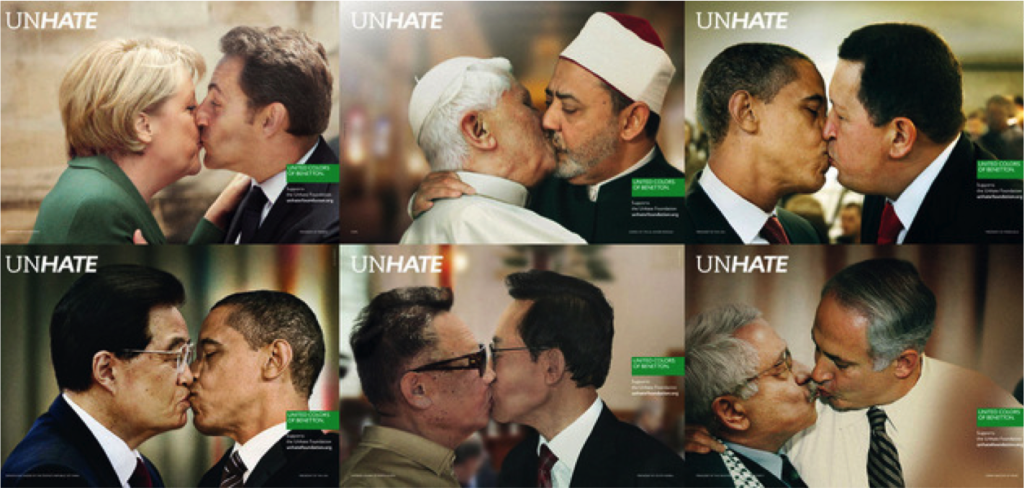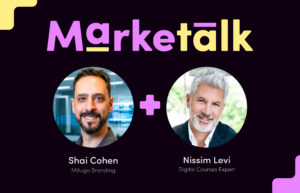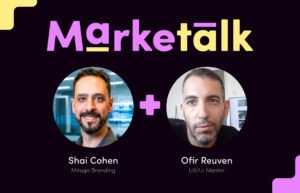Marketing is all about making a lasting impression; sometimes, that requires breaking boundaries. One of the most memorable campaigns in recent years is Harrison’s Fund’s bold initiative, “I Wish My Son Had Cancer.” This campaign used shock to raise awareness for a cause that wasn’t getting enough attention – Duchenne Muscular Dystrophy (DMD). The psychological tactics behind this campaign made it practical and memorable, offering marketers valuable insights.

The Psychology Behind Shock Advertising
The human brain is wired to pay attention to the unexpected. In marketing, this is known as the “shock factor.” When confronted with something unsettling or unexpected, people are more likely to stop and take notice. In the case of Harrison’s Fund, the statement “I Wish My Son Had Cancer” is shocking enough to grab anyone’s attention, forcing them to ask, “Why would someone say such a thing?”
This is where the power of cognitive dissonance comes in. Cognitive dissonance happens when someone experiences two conflicting thoughts or feelings simultaneously. The shocking statement creates discomfort because it challenges our assumptions about illness. People know cancer is terrible, but the ad reveals there are even more severe conditions like DMD that lack the same level of awareness, funding or hope for a cure. This contradiction forces people to keep thinking about the message, ensuring it sticks in their minds.
Practical Marketing Takeaways
The Harrison’s Fund campaign teaches much about harnessing psychology for better marketing outcomes. Here are some practical ways you can apply these lessons in your marketing:
- Shock with Purpose
It’s easy to shock people, but the shock must be purposeful. Surprising statistics or facts about your product or service can grab attention. However, ensure it directly ties back to your message and adds value, just like Harrison’s Fund tied the shock value to the underfunded research for DMD. - Create an Emotional Connection
Whether you’re selling a product or raising awareness, stories matter. Harrison’s Fund used a father’s personal experience, which created an emotional bond between the viewer and the cause. Marketing campaigns that feature real stories, testimonials, or emotional challenges tend to create stronger connections with audiences. - Use Bold, Simple Language
The headline of Harrison’s Fund was striking, but the supporting copy was simple and direct. In marketing, clarity is crucial. Don’t overwhelm people with jargon. Speak in clear, emotionally resonant terms to keep people focused on the critical message. For example, phrases like “Unlocking Potential” or “Why Waiting is Costing You More” can spark curiosity without being too complicated. - Leverage Scarcity and Urgency
People react to urgency and scarcity. Harrison’s Fund emphasized the lack of funding for DMD compared to other diseases. You can use this psychological trigger by showing that time, resources, or availability are limited, pushing customers to act. Whether “Only five seats left!” or “Offer ends at midnight,” scarcity works wonders in B2C and B2B marketing. - Visuals that Amplify Your Message
Pair shocking or emotional statements with powerful visuals. The image of a father holding his son in the Harrison’s Fund campaign reinforced the ad’s emotional appeal. In your marketing, use visuals that support and deepen the emotional weight of your message – whether it’s happy customers, transformational results, or behind-the-scenes shots.
More Examples of Shock Advertising

- Benetton’s UnHate Campaign
The Italian clothing brand ran an ad featuring world leaders (like Obama and Chávez) kissing. The shocking imagery was meant to promote global unity and non-hate. This triggered both outrage and discussions, but it achieved its goal of getting noticed. - WWF’s “Tsunami” Poster
World Wildlife Fund used a provocative image of New York submerged by a tsunami to highlight the dangers of climate change. The shocking visual helped the audience realize that the problem was much bigger than they imagined.

Conclusion: Shock Marketing Works, but Use It Wisely
The Harrison’s Fund campaign is a testament to how well psychological principles, like shock and cognitive dissonance, can work in marketing. But remember, it’s not just about causing a reaction—it’s about tying that reaction to a meaningful message. Whether you’re raising awareness or trying to increase sales, ensure your bold moves lead to deeper understanding and action.
At Mitugo, we believe in pushing the boundaries of creativity without always resorting to shock value. While campaigns like “I Wish My Son Had Cancer” effectively grabbed attention through shocking statements, there are many ways to captivate an audience and leave a lasting impact. Our team specializes in creative strategy and psychological insights that help brands think outside the box, crafting campaigns that stir emotion, spark curiosity, and drive action – without compromising brand integrity.
Suppose you want to make your next marketing campaign unforgettable. In that case, Mitugo is here to help you find the perfect balance between boldness and authenticity, even if you think a shock is necessary. We’ll help you rethink how to make your message stand out – smartly, creatively, and meaningfully.




